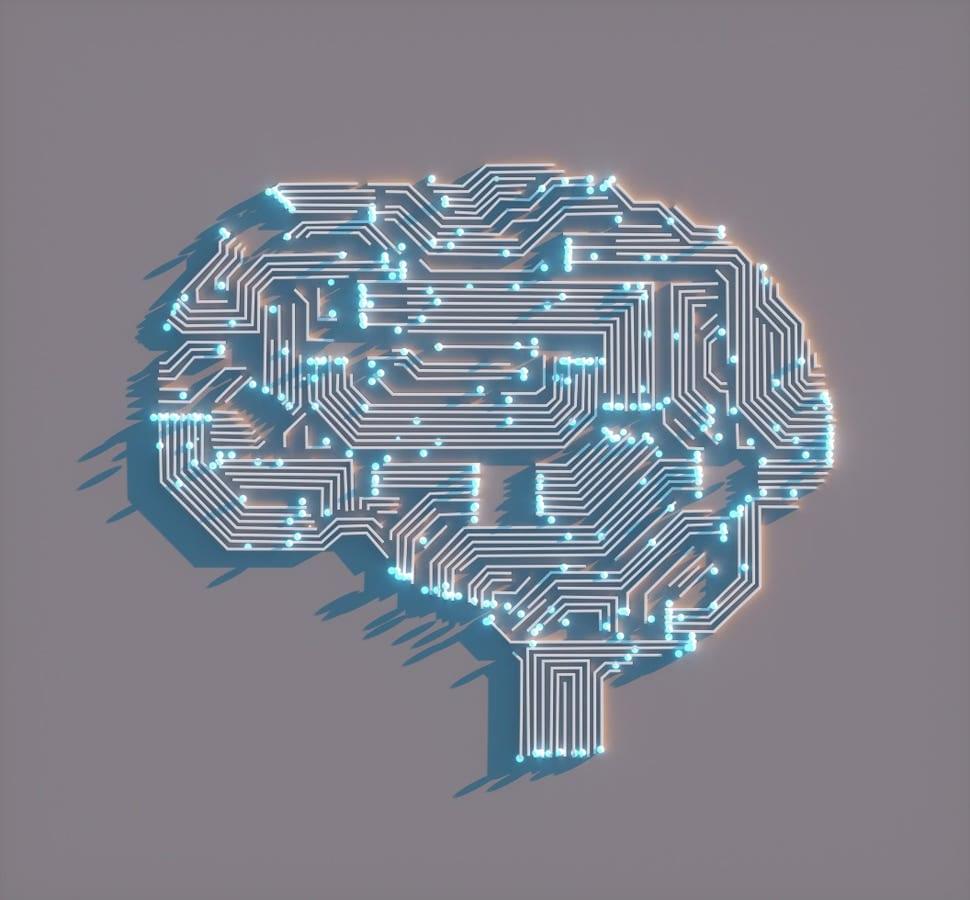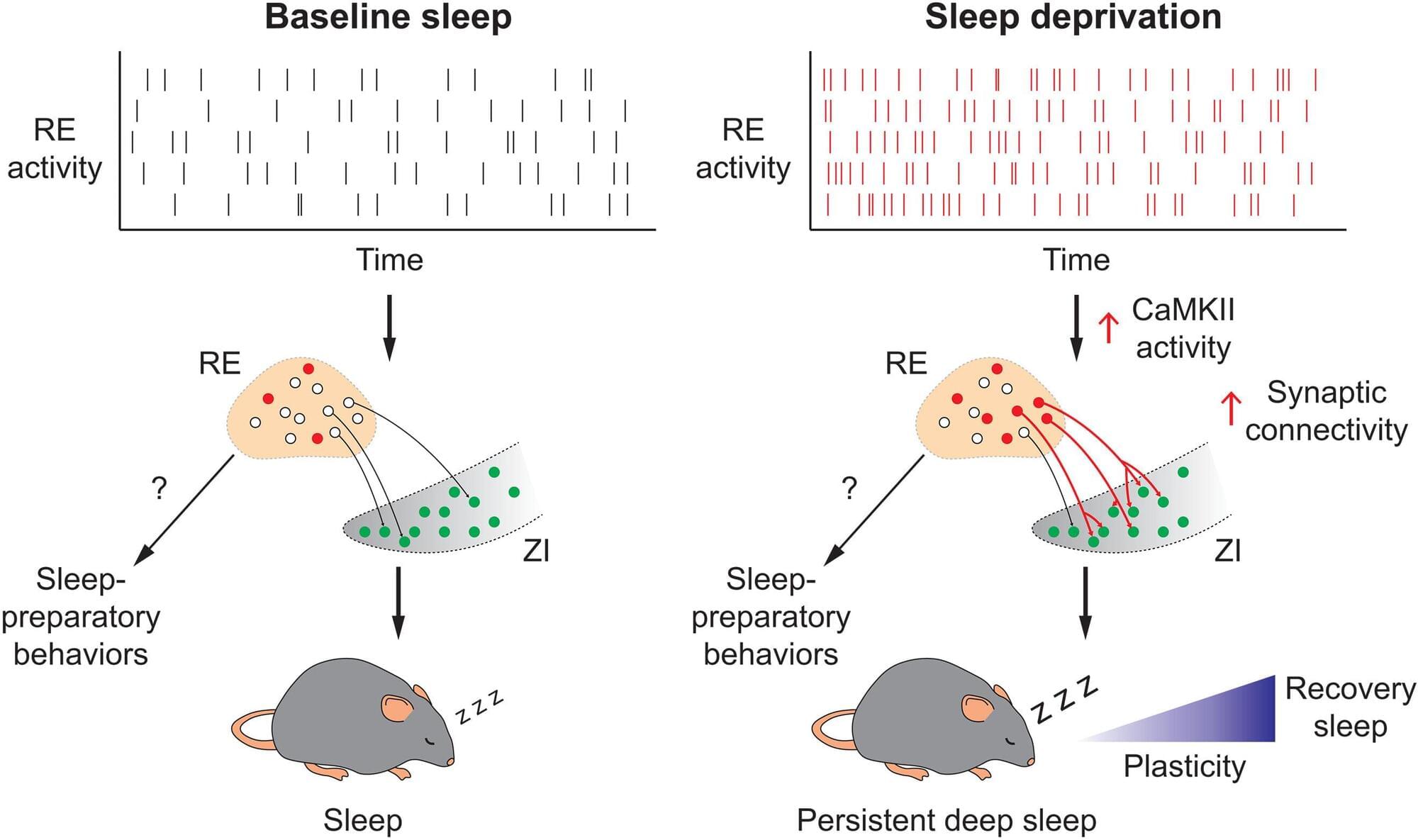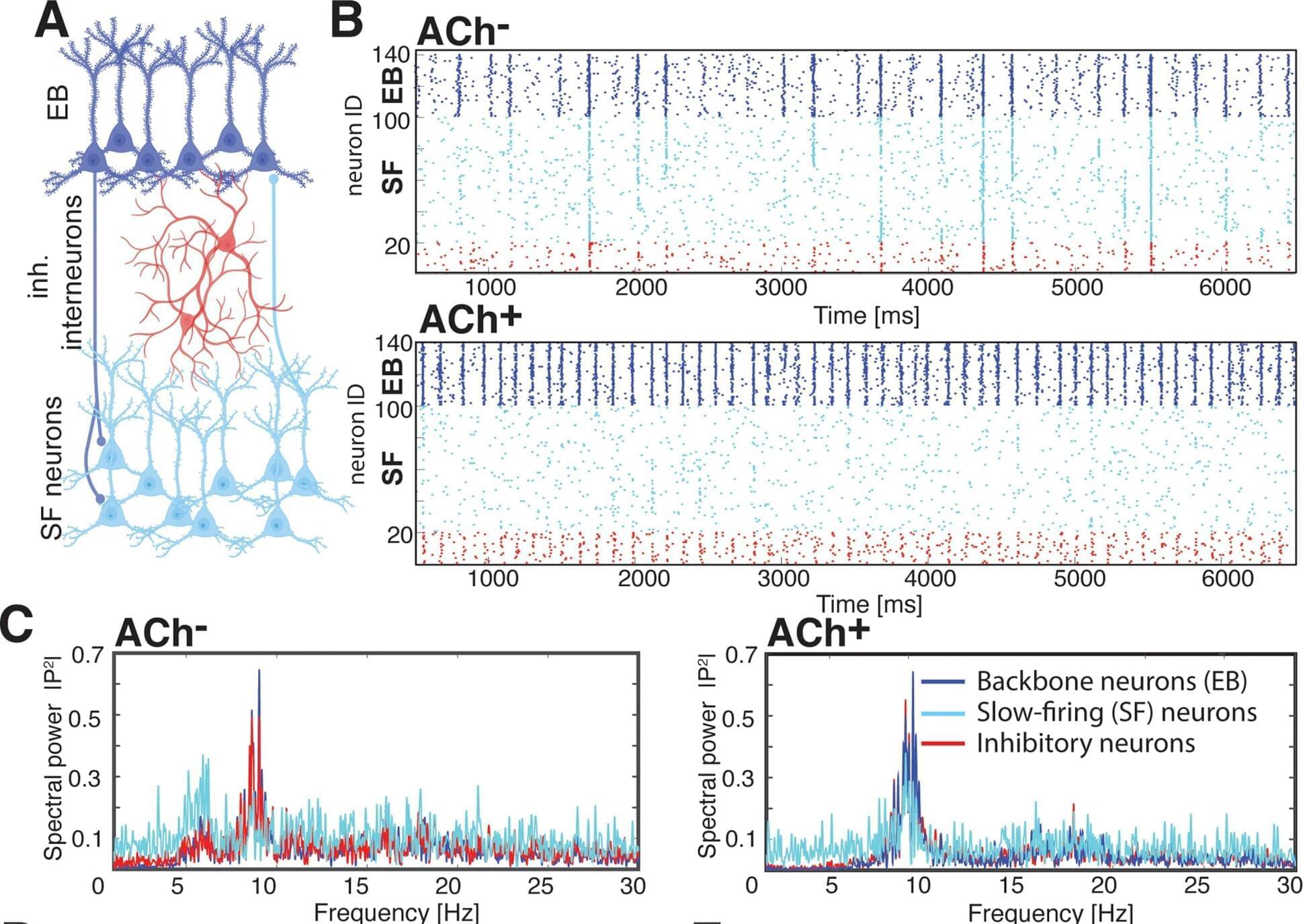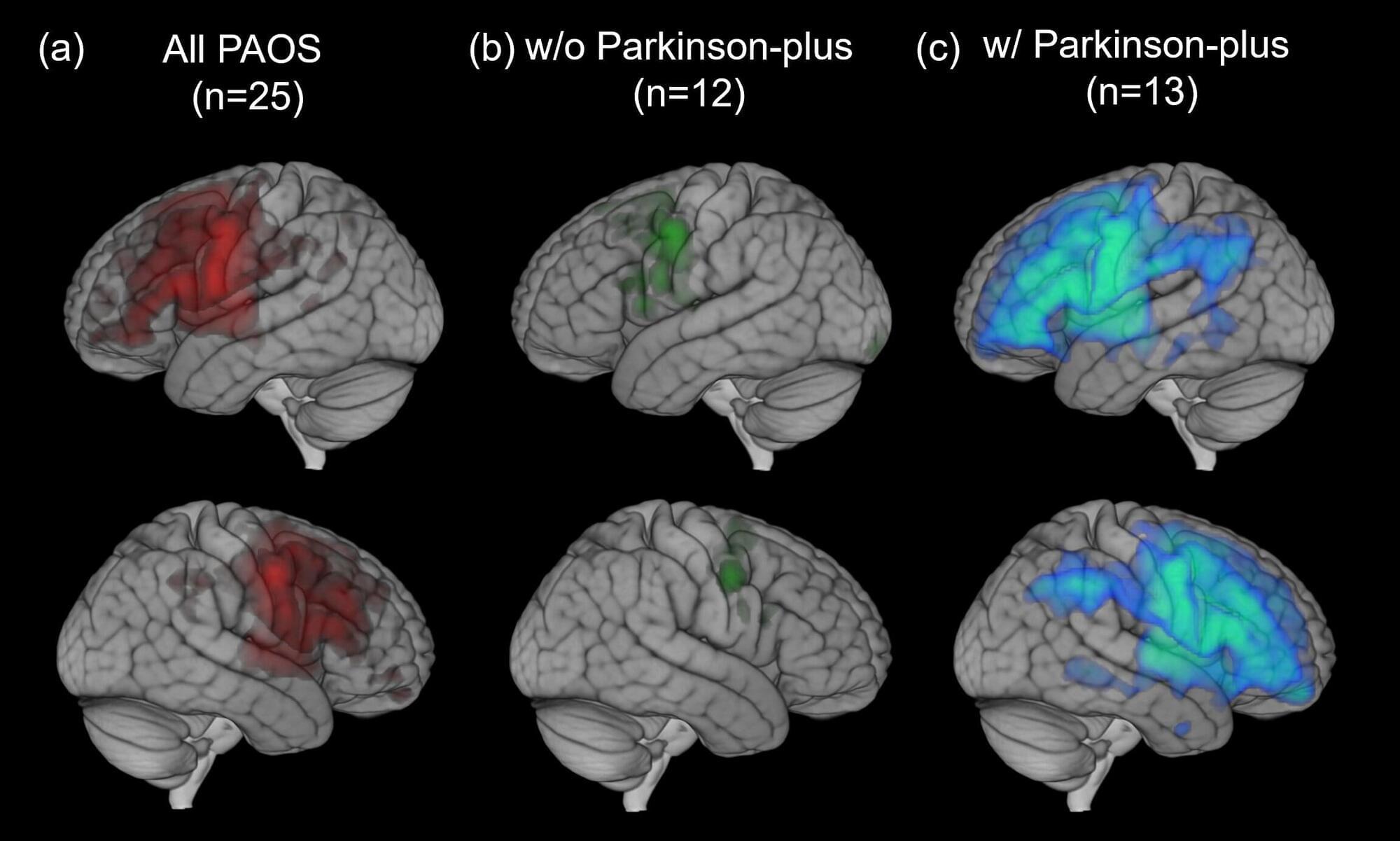Mind uploading to computer: Scientists explore digital immortality. Is transferring consciousness feasible despite challenges?



There’s also the risk of neuro-exploitation. In a world where disadvantaged individuals might rent out their mental processing to make ends meet, new forms of inequality could emerge. The cognitive gig economy might empower people to earn money with their minds, but it could also commoditize human cognition, treating thoughts as labor units. If the “main products of the 21st-century economy” indeed become “bodies, brains and minds,” as Yuval Noah Harari suggests, society must grapple with how to value and protect those minds in the marketplace.
Final Thoughts
What steam power and electricity were to past centuries, neural interfaces might be to this one—a general-purpose technology that could transform economies and lives. For forward-looking investors and executives, I recommend keeping a close eye on your head because it may also be your next capital asset. If the next era becomes one of connected minds, those who can balance bold innovation with human-centered ethics might shape a future where brainpower for hire could truly benefit humanity.



Infection with the obligate intracellular parasite, Toxoplasma gondii, leads to neuronal cysts in the brain for the lifetime of the host. Our lab has previously determined that chronic infection leads to loss of astrocytic glutamate transported, GLT-1, leading to neuronal excitotoxicity. GLT-1 can be regulated by neuronal derived extracellular vesicles (EVs). We wanted to determine if cyst infection of neurons altered EV production and content and if EVs derived from cyst-containing neurons changed astrocyte function. Our study found that Toxoplasma cyst infection decreased EV production by neurons and altered EV host protein and miRNA content. In addition, EVs from infected neurons contained parasite derived proteins including the secreted dense granule protein GRA7. Incubation of these EVs with astrocytes led to EV uptake, GRA7 localization to the nucleus, a decrease in GLT-1 expression, and changes in the transcriptional signature of astrocytes to a pro-inflammatory response. Finally, these changes in astrocytic gene expression could be seen in vivo following infection using scRNAseq. This study demonstrates that Toxoplasma cysts alter neuron-astrocyte communication bypassing traditional immune mechanisms of recognition and leading to changes in astrocyte function.
Citation: Tabaie EZ, Gao Z, Kachour N, Ulu A, Gomez S, Figueroa ZA, et al. (2025) PLoS Pathog 21: e1012733. https://doi.org/10.1371/journal.ppat.
Editor: Eric Y. Denkers, University of New Mexico—Albuquerque: The University of New Mexico, UNITED STATES OF AMERICA.

The smarter you are, the more your brain is in sync with its own secret rhythm, a new study has found.
When your brain works particularly hard, different regions of the brain sync up as they work together to perform tasks that require a higher cognitive load. This is called theta connectivity, and a new study has found that not only is it highly flexible, adapting quickly to changing situations, but better brain coordination strongly correlates with cognitive ability.
“Specific signals in the midfrontal brain region are better synchronized in people with higher cognitive ability – especially during demanding phases of reasoning,” says psychologist Anna-Lena Schubert of Johannes Gutenberg University Mainz in Germany.

Sleeping deeply into the afternoon after an all-nighter or a late night out is one way the body repays its sleep debt. The sleep-wake cycle is regulated by a homeostatic process in which the body continuously adjusts its physiological systems to maintain a balanced state of rest and alertness.
A new study identified a specific group of neurons called REVglut2 located in the center of the brain, in the thalamus, that may help us uncover how lost sleep is recovered in animals.
The researchers found that in mice, this circuit, consisting of excitatory neurons, is triggered during sleep deprivation and induces drowsy behavior, followed by deep sleep that can last for hours.

Aimlessly wandering around a city or exploring the new mall may seem unproductive, but new research from HHMI’s Janelia Research Campus suggests it could play an important role in how our brains learn.
By simultaneously recording the activity of tens of thousands of neurons, a team of scientists from the Pachitariu and Stringer labs discovered that learning may occur even when there are no specific tasks or goals involved.
Published in Nature, the new research finds that as animals explore their environment, neurons in the visual cortex—the brain area responsible for processing visual information —encode visual features to build an internal model of the world. This information can speed up learning when a more concrete task arises.

Although we know sleep is essential to our physical and mental well-being, it remains an incredibly enigmatic behavior, scientifically speaking. Researchers at the University of Michigan, however, may have developed a new hypothesis to account for one of sleep’s looming mysteries.
Every living thing that sleeps appears to follow the same basic pattern. From wakefulness, organisms transition to a repeating cycle of sleep with low brain activity followed by a stage where our brains are harder at work, among other things, generating vivid dreams. Humans’ eyes also dance around behind our eyelids during that high-activity stage, which is why it’s referred to as rapid eye movement (REM) sleep.
Although there are a few notable exceptions—including people with narcolepsy and people who haven’t slept in days—this repeating non-REM to REM sleep cycle is remarkably prevalent across the animal kingdom.

A novel PET imaging approach has revealed distinct patterns of brain inflammation in patients with progressive apraxia of speech (PAOS), a rare neurodegenerative disorder that affects speech planning. These findings provide new insight into how neuroinflammation and tau pathology may drive disease progression in PAOS, opening potential avenues for earlier diagnosis and targeted treatments.
This research was presented at the Society of Nuclear Medicine and Molecular Imaging 2025 Annual Meeting and published as a supplement in the Journal of Nuclear Medicine.
PAOS is a neurodegenerative disorder that impairs the brain’s ability to plan and coordinate speech. It is marked by a slow speaking rate, distorted sounds, and effortful facial movements during speech. Patients with PAOS are likely to have Parkinson-plus syndrome in the later stages, meeting criteria for progressive supranuclear palsy or corticobasal syndrome, and typically have a 4-repeat tauopathy at autopsy.